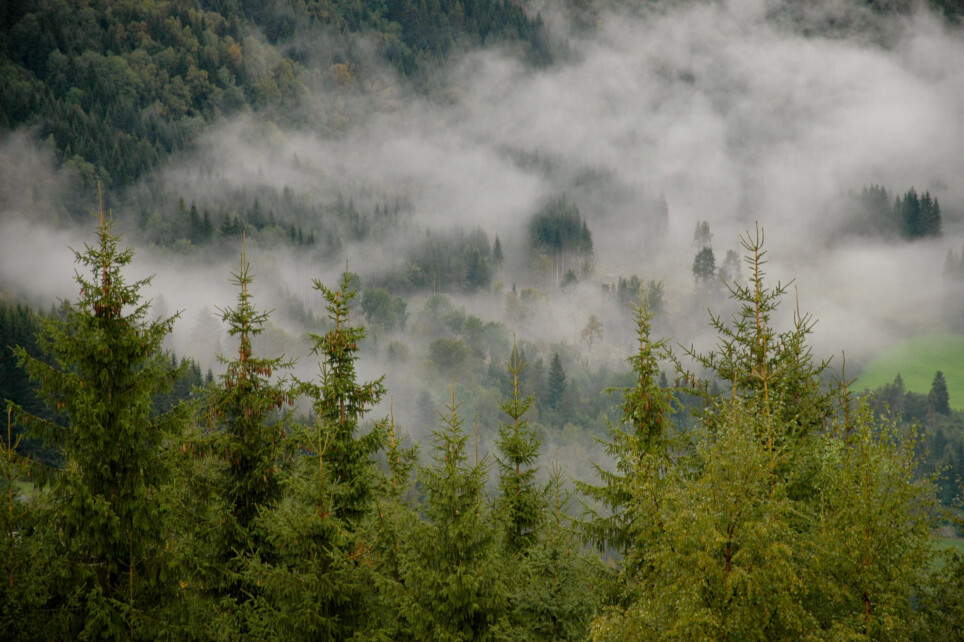THIS ARTICLE/PRESS RELEASE IS PAID FOR AND PRESENTED BY the University of Bergen - read more

The hidden cost of planting trees
PODCAST: Uncontrolled logging is taking its toll on wildlife and climate. Does that mean that planting new trees works the other way around? In our new podcast, you will learn why afforestation is not as simple a solution as it sounds.
Cutting down forests is known to increase run-off from the soil, and so also the flood risk in fields and cities downstream. If you plant trees, you can hold back the water – to the extent that the opposite extreme may be reached.
An afforestation campaign in northern China, has reduced the amount of freshwater available to people living nearby. The trees are thirstier than the old grassland.
This is one of the adverse consequences of tree planting discussed in the most recent episode of the Bjerknes Centre podcast. Our hosts Stephen Outten and Ingjald Pilskog talk with Priscilla Mooney about afforestation, land use change and the mitigation of climate change.
Competing for land
Priscilla Mooney is a researcher at the Bjerknes Centre for Climate Research and the research institute NORCE. With colleagues, she has analyzed the hidden costs of implementing afforestation as a climate mitigation strategy.
“Land is under pressure,” she says.
There is a growing need for food for a growing population, and there is a growing need for biofuels. Implementing afforestation to mitigate climate change, introduces yet another player into the competition for scarce land areas.
Not the same effect everywhere
In Norway, a massive afforestation campaign was launched about a century ago, to secure lumber and vital forests. Today, planting trees in open landscapes has been suggested as one of the means to mitigate climate change.
Letting forests claim more land is no simple solution, Priscilla Mooney argues.
“We can use forests or other land cover changes to mitigate climate change, but we need to consider carefully the nuances of these kind of changes,” she says.
In a recent article published in Earth’s Future, Mooney and her colleagues Hanna Lee and Stefan Sobolowski discuss how afforestation is widely applauded as a strategy to mitigate climate change. “While this is a good strategy in many parts of the world, that may not be the case in high latitude regions such as Norway,” Mooney writes about their findings.
Trees change the landscape
Alle trees take up CO2 from the air, but the physical effect on the landscape varies from place to place. While forests in the tropics make the air cooler, forests at high latitudes may cause higher temperatures. One reason is that they alter the land surface as seen from above.
In winter, open and snow-covered landscapes reflect a lot of the solar radiation back into space. Green forests interrupt the snow surface, meaning that more radiation is absorbed by the Earth. Locally, this can increase temperatures by one degree.
You can find all the episodes of the Bjerknes Centre podcast here.
See more content from the University of Bergen:
-
Researcher: Politicians fuel conflicts, but fail to quell them
-
The West influenced the Marshall Islands: "They ended up creating more inequality"
-
Banned gases reveal the age of water
-
Researchers discovered extreme hot springs under the Arctic
-
Tiny particles unlock vinegar’s hidden healing potential
-
“Why doesn't it rain more?” asks researcher






































